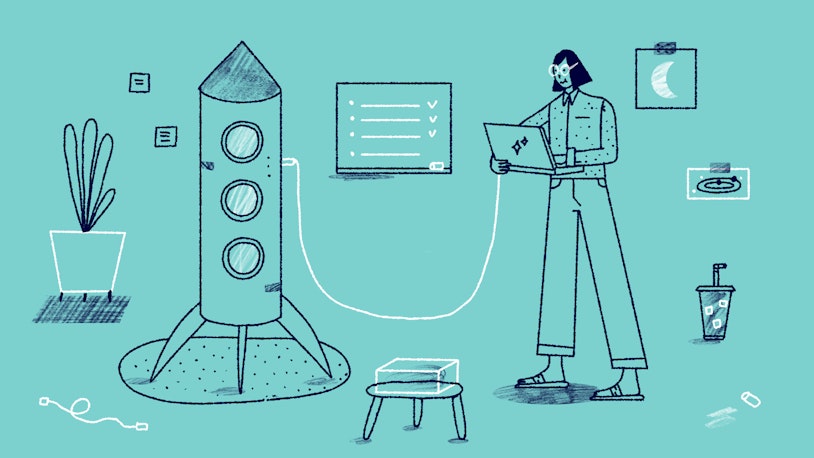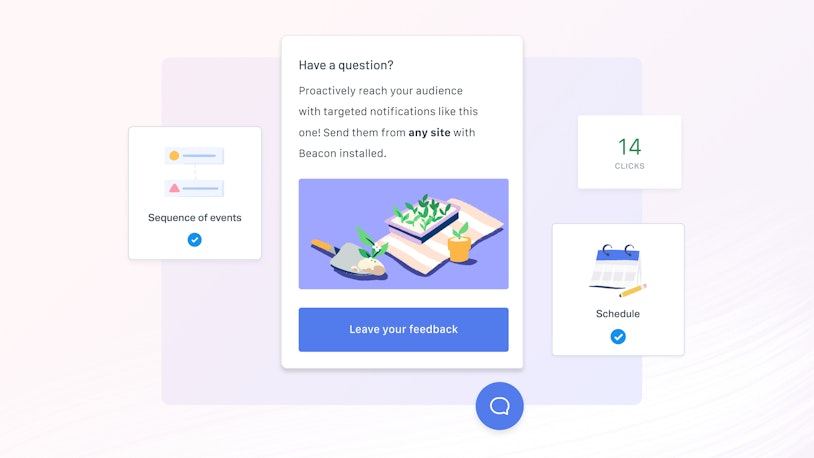Nostradamus remains popular despite having never made a single correct prediction. Perhaps 2023 will be his year, but it might be best to stick with his jam recipe instead.
While you’re enjoying the jam, why not browse through our own predictions for the coming year. Here’s what to watch out for in customer service and experience for 2023.
1. A recovering supply chain will restore predictability
The disruption of global supply chains during the pandemic and the war in Ukraine have caused unpredictable delays for many businesses, leading to increased customer service loads and dissatisfied customers. In the most recent quarter there have been signs of improvement, and analysts expect that to continue into 2023.
This recovery should make life easier on customer service teams, and it may contribute to increased ecommerce orders, particularly internationally.
Be prepared: Take some time to revisit your FAQs and knowledge base questions around delivery and shipping topics to make sure they’re updated or still accurate.
2. Employment upheaval will complicate customer experiences
The ongoing mass layoffs, particularly in the tech world, will impact many companies in 2023. Service organizations may have to handle growing workloads with reduced staffing. Software support teams can anticipate a rise in “new user” queries as their customers share out existing workloads onto the desks of people who have never used the software before.
Be prepared: Take a look at the onboarding experience you give your customers, as well as the experience you give your new customer service team members. Are there rough edges you could smooth away to make everyone’s life easier?
3. Resources will shift away from digital channels
As the pandemic recovery slowly progresses and physical commerce reopens, some of the resources that had flowed into digital products and services will shift back. That may leave tighter budgets for online service teams. Efficiency will become vitally important.
Be prepared: Ask your support team to pay attention to the processes and situations that really slow them down. Finding ways to make the whole team a little faster is much cheaper than hiring new people.
4. There will be greater investment in self-service
After the early-pandemic scramble to shift everything online, businesses will look to build sustainable online models. Enabling more effective and accessible self-service options is critical to scaling up online service in all sectors. Expect companies to invest time and energy into planning and rolling out self-service channels throughout 2023, meaning new opportunities for customer service folks skilled in that area.
Be prepared: Do you know the condition of your existing knowledge base? If not, prioritize a knowledge base audit so you know what’s working and what remains to be done.
5. We will see growth in proactive customer service
Going one step further than self-service, proactive service uses technology and customer data to identify moments when a little extra information or assistance might be needed. Using a tool like in-app messaging to reach out before the customer even asks is a better customer experience, and it’s a real cost saver.
Be prepared: Analyze your customer journey data to spot the places where people are most likely to get stuck, frustrated, or to drop out entirely. Those are the areas where a timely piece of proactive help can really make an impact.
6. AI will be used to make people more effective
Artificial intelligence in software is maturing beyond an “all things to all people” marketing buzzword into a useful tool in the kit. Specifically, we are seeing a shift from AI positioned as a replacement for human customer service teams to instead be an enabler of increased efficiency and effectiveness of the team. Look out for a rise in the use of AI tools to help with areas like:
Understanding and categorizing incoming customer feedback.
Automating the tagging, triaging, and routing of support conversations.
Offering the most relevant best practices to the customer service team.
Using sentiment and intention analysis as an input to further automation and organization.
Easing the complexity of understanding customer data spread across separate systems.
Be prepared: The cleaner your existing sources of data, the easier it will be to add AI to your customer service toolbox. Is it time to clean up your tags and custom fields?
7. Subscription models will become more common
Even beyond software, we expect to see a high growth in businesses offering subscription models to their customers in order to create a more predictable income stream. This makes it vital for customer service teams to develop their retention skills. Poor service is a leading cause of customer churn, while a great support team can increase retention and contribute to revenue expansion.
Be prepared: The first step in retaining customers is understanding their needs. Asking questions in context can deliver useful customer insights.
Remember the basics in times of change
These particular trends may or may not heavily impact you and your particular market in the coming year, but any thinking and planning you do in these areas will be time well spent.
When the world feels unstable and unpredictable, it is easy to lose focus. From the very beginnings of commerce, the core of customer service has always been listening to customers and helping them get what they need.
If you can consistently deliver on that goal, you will already be ahead of most of your competition, and you will have a base on which to build exceptional service.











